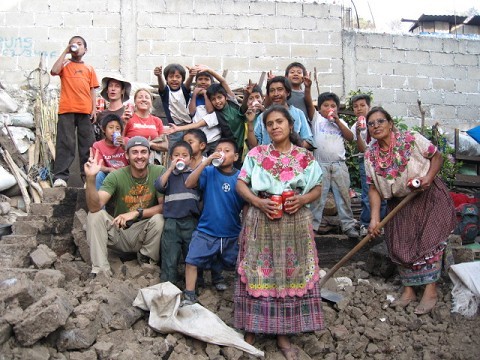Here’s an effective model of short-term missions


While it’s a given that the greatest impact of most short-term mission (STM) trips is on the participants themselves, there are certain kinds of ministry that STMs were made for insofar as they are themselves short-term and require the kind of energy and outreach focus that STM participants bring to the table.
One of the models that is particularly effective is the church-planting model wherein the visiting team joins a host church in a one-week church planting campaign. This model addresses the main criticisms against STMs. Here’s how.
Because the local group has to do a lot of prep work to get a new area ready for a church planting campaign, they become much clearer about their vision and purpose than those planning other kinds of projects. A church planting project requires the involvement of a lot of people in the host church, so the ownership level goes up. As their goals are made more clear, the short-term team has to become more focused as well. Their agendas fade into the background.
A good church-planting project does not require a lot of skills on the part of the short-term group. They need to be able to share their faith and pray with people. The local group does most of the hard work – they have to follow up. But the very act of coming creates faith in the local group. It is a gift that they need as they step into uncharted territory.
Finally, a church plant, by definition, is going to endure. If done well, the new church will continue to disciple new believers after the short-term group is gone.
Of course, there are other benefits to the model – life change can occur in both those who go as well as those in the host church. The process itself can produce the fruit of more outwardly-focused churches and participants who have grabbed onto a vision for the Great Commission.
Comment
Leave a Reply Cancel reply
More Posts
![]()


Great example Seth!
We saw the same kind of thing the past two summers. We sent student teams to support families from our church living intentionally in another culture and had set up mini-projects that required both an investment and partnership from both the local hosts and the team that was showing up. The projects were a culture exchange and a beach camp and both were designed as catalyst experiences to further relationships and build momentum for the local hosts and families to continue follow up. This past summer, right after camp was over, 3 small groups for students started around the city – the first ever small groups for students that this parachurch org [and our extended church family] have had in this city. Not quite church planting per se – but definitely along the same lines.